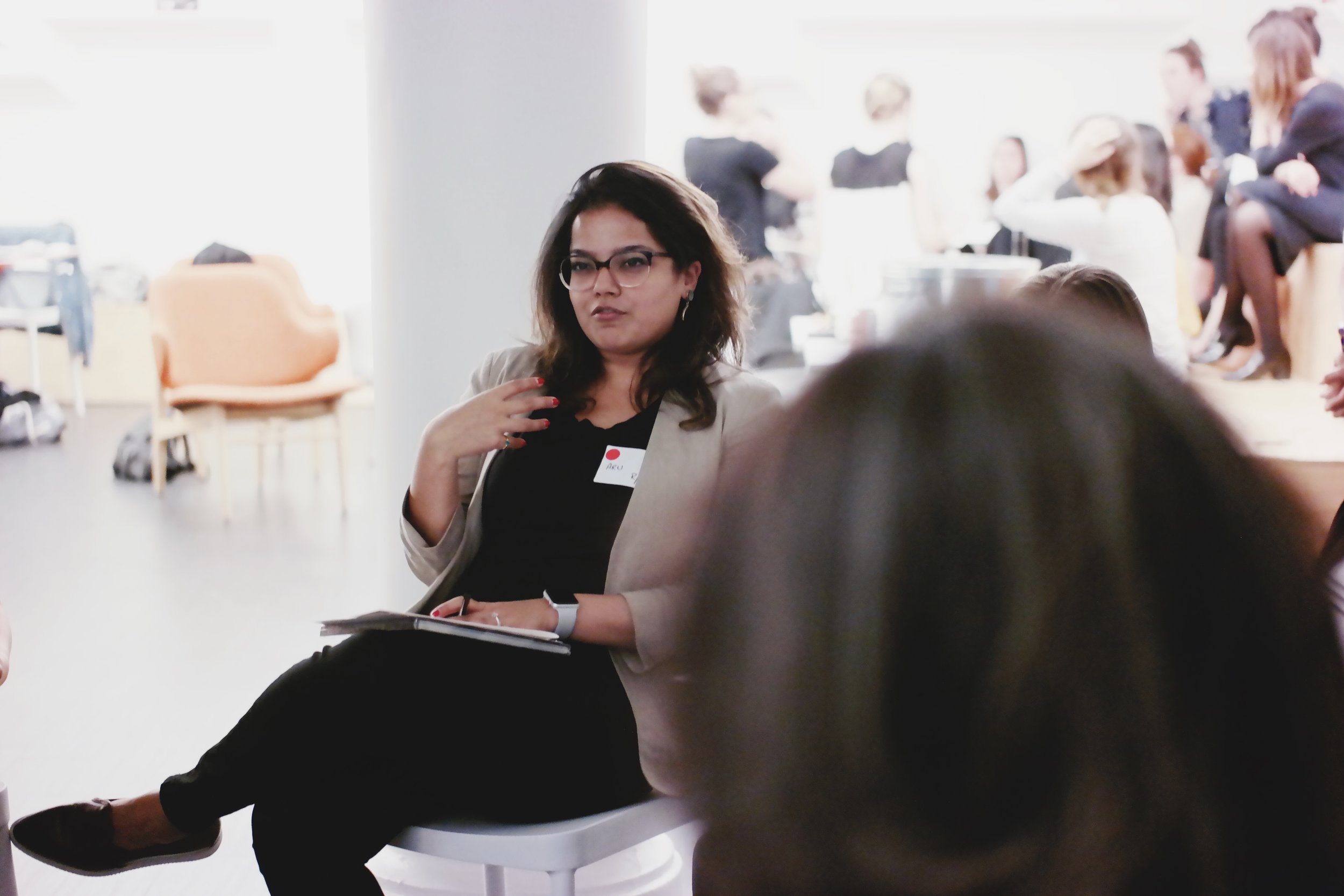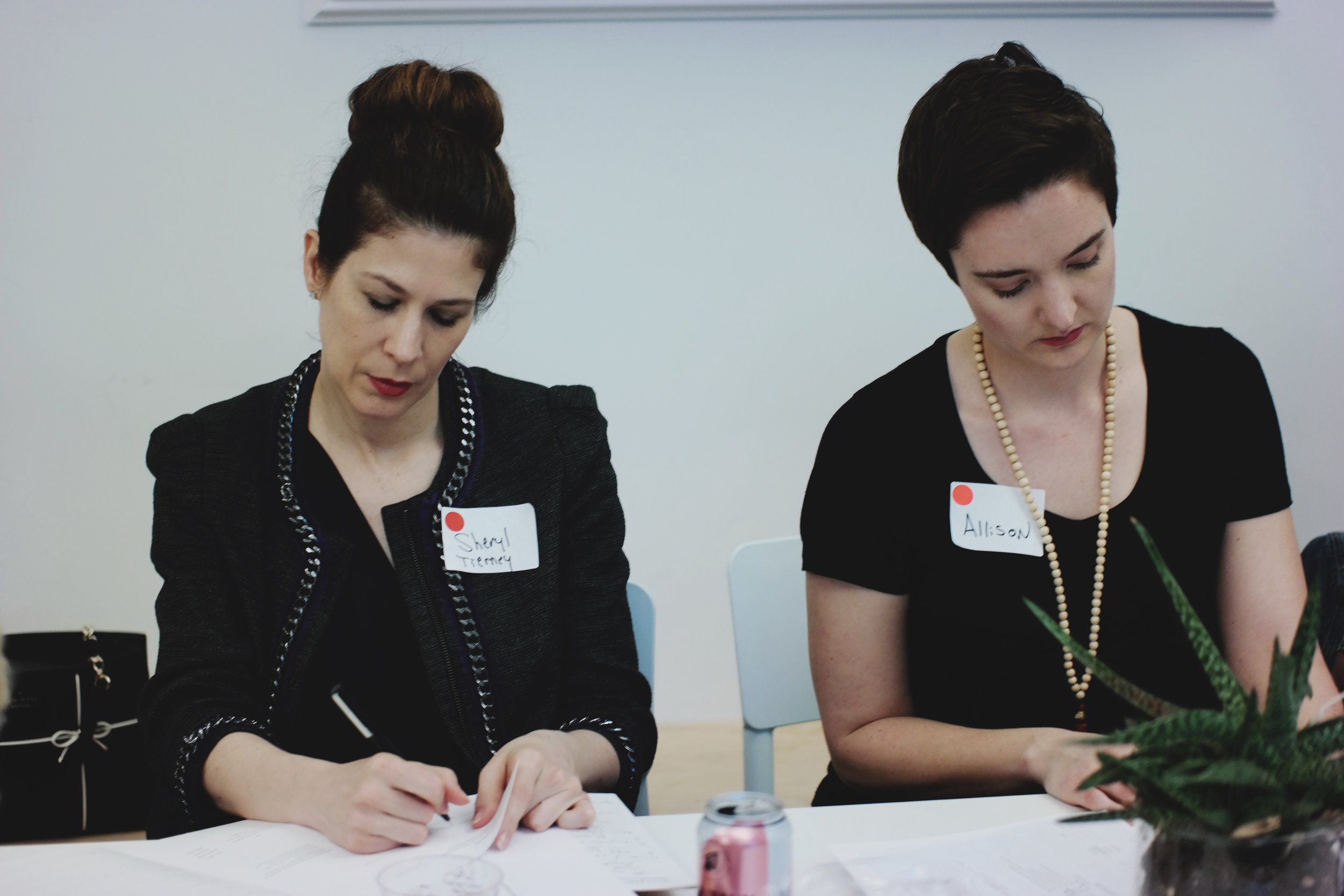Event Recap: WIN NYC x Quartz and the Future of Thought Leadership
At WIN, we’re passionate about helping our members raise their voices to contribute to the innovation conversation – in fact, the striking lack of thought leadership by women in both the innovation and business spaces is one of the issues that inspired WIN’s creation. For example, at the date of publication of this article, you cannot find a woman’s name in the top 23 innovation best sellers on Amazon, and a woman has not cracked the top 10 in the business section. This is not to say that thought leadership written by men is bad, wrong, or unhelpful – but we find the lack of diverse perspectives problematic, especially when solving innovation, business, and design challenges that impact all of society.
That’s why we partnered with the legendary editors at Quartz to provide the platform and tools for the brilliant women in our community to change this paradigm. Read on for the top strategies, tips, and tricks that came out of this session.
Getting Started
Quartz and WIN created an exercise to get you started. Access the materials on the WIN Public Drive (password available to WIN members.)
Pitching Yourself
There are 3 principles to keep in mind when pitching yourself:
1. Expertise: What are you better at than anyone else?
If your topic is common, tell it from an uncommon perspective. Quartz ran an article, “You Could Be Flirting on Dating Apps with Paid Impersonators” in April that perfectly captures this approach. This isn’t just any old article about online dating – the author was a “closer” for online-dating services who speaks on behalf of clients with the goal of producing phone numbers. This unique expertise, much like yours, resulted in an article that was viewed more than 500,000 times.Ideas:
2. What do you believe and care about?
Before you start writing, ask yourself, your friends, and your colleagues if your topic inspires interest. “If it’s sparking a big conversation, then there is probably something there,” said one Quartz editor. But if the conversation is going in too many directions, your article will need to be tighter. Strong articles feature narrow topics and arguments.
3. Conversation: What does the rest of the world care about?
“I feel that we’re moving past this era of only wanting to read and share content that reaffirms our own beliefs,” said Quartz Ideas Editor, Georgia Frances King. “We are now looking for something that pushes us past that and teaches us something we don’t already know.” Your ideas should be relevant and interesting to the audience, but that does not mean you have to be writing about the popular opinion. “I want you to shift the paradigm rather than reinforce it.” Therefore, ask yourself, “What is the thing that you believe most passionately that other people think you’re crazy to believe?”
Pitching Your Idea
Your pitches should not be about you but about your interesting, surprising, unexpected perspective.
1. State your connection to the addressee up top. Why should they pay attention to this email? (If you don't have a direct connection, go straight to 2.)
2. Launch right into your pitch. Your ideas are almost always more interesting than who you are.
3. Don't pitch a piece that you wouldn't want to read. Think about whether you're adding value to the reader and how this piece is distinct from other articles out there.
4. Write in a way that is clear, engaging, and concise. Make one point, and make it well. When in doubt, how would you write your idea in an email to a friend?
5. Just because you’re writing an opinion or a piece of commentary doesn't mean it shouldn't have facts and evidence to back it up.
Writing a Great Headline
Your headline can make or break your piece. A few points to consider as you craft yours:
1. A good headline signals that there is something surprising or unexpected about the argument that follows.
Example: Why introverts might actually be better networkers
2. A good headline gives readers a clue as to why they should care.
Example: Sociologists have identified the two kinds of people most likely to get ahead at work
3. Headlines should work as a narrative in miniature—avoid lists or “mysterious” or vague-sounding headlines.
Example: The epic mistake about manufacturing that cost Americans millions of jobs
4. Decide on a working headline before you write the piece. It will help you keep your piece focused, sharp, and will avoid tangents.
5. Keep your headlines short and simple, and put the words that you think are most likely to grab your readers at the beginning
Example: GM CEO Mary Barra developed a two-word dress code for employees
Now that you have the tools to pitch your ideas, send them our way! Quartz and WIN are are always looking for inspiring and groundbreaking pieces to share with our audiences. Reach out to Sarah at Quartz, and Katie, Emma, and Tina at Women in Innovation.
Written by Emma Anderson, Tina Haertel, and Katie Burwick. Huge thank you to the editors at Quartz.
Photos by Katie Burwick
WIN: Women in Innovation Copyright (c) 2018 All rights reserved. This content may not be reproduced or repurposed without written permission from WIN: Women in Innovation (501(c)3). This content, including the exercise and blog post, is provided for your personal use only.



















